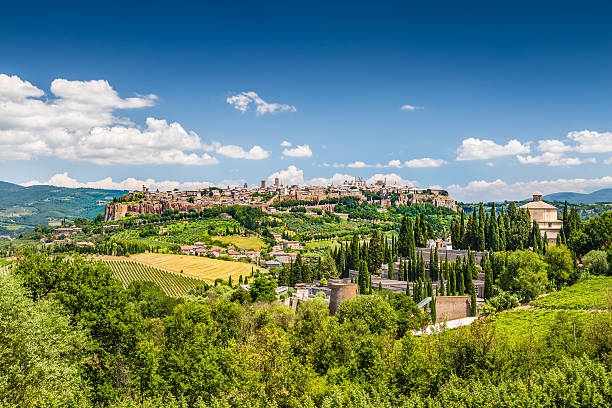Wines
Bianco - Musco 2015 igp
From a small vineyard planted promiscuously with Procanico, Verdello and Malvasia grapes mixed in rows just like the traditional customs of our area, it was born “Musco”. Produced with antique tools and equipment in a tuff cave dug under a chestnut forest, without electricity usage, this wine matures in chestnut wood barrels and refines first in demijohns and then in bottles for several months. Even bottling is made by hand. A wine made “by the desire of those who with care, understanding and the tools of old wish to nurture the retelling of a timeless story”.
| Appellation: | White wine |
| Terrain: | Sedimentary clay Exposure East Hilly. 350 mt above sea level |
| Grape varieties: | Procanico 50%, Verdello 30% e Malvasia 20% |
| Yield: | 60 quintale (6 tonnes) per hectare |
| Vinification: | Picking is made by hand. The must is macerated with the skins for 4/6 days in open vats of chestnut without punching. The pressing is carried out with the aid of an old hand press. The fermentation with natural yeasts takes place in chestnut barrels slowly for 1/2 months. |
| Maturation and aging: | 1 year in chestnut, 8 months in glass demijohns and then in bottles horizontally placed in the tufo cave for at least 4 months before release. |
| Production: | 1600 numbered bottles. |
| Tasting notes: | This wine is of a deep golden bright color, it has a fascinating and complex nose of ripe yellow fruit, almond, peel and candied citrus and dried citrus, chestnut honey and notes of herbs that give the freshness we find in the mouth. The palate is structured and although silky and soft it has a sour and slightly tangy trail well integrated that makes it a balanced wine. Long lasting taste with a slightly bitter closing. |
| Serving suggestion: | Simple and elaborate dishes from traditional Umbrian cuisine, as chickpea and grass pea puree, pasta with mushroom, truffle and white meat dishes or dishes of a more intense taste as marinated anchovies, cod, lamb cutlets. |

Palazzone
In 1969 the Dubini family bought the property Palazzone, constructed by Cardinal Teodorico at the bidding of Pope Boniface VIII as a hostel for pilgrims on their way to Rome to celebrate the Jubilee of 1300 A.D. Today after a restoration with respect for the noble architecture, Palazzone” is a boutique hotel with elegant suites. The hilly portion of the land adjacent to Rocca Ripesena, with its superb view of Orvieto on its majestic crag, consisted of sedimentary soil and clay.
Angelo Dubini decided to plant 25 hectares to vines of varieties that he expected would make wine of great complexity and character. In 1982 his two sons, Giovanni and Lodovico, made the first small vintage from these grapes. In 1988 their vintage was sufficient to justify the construction of a winery to process all their own grapes and also to organise and begin the commercial marketing of what is now Palazzone”wine regarded as one of the most significant labels in Umbria.

Umbria
With neighbours in Marche, Tuscany and Latium, Umbria’s rolling hills are well suited to viticulture. Although its output is less than a third of that of Tuscany, the region is gaining a reputation for unique modern wines at a fraction of the price of its celebrated neighbour. One of Umbria’s most famous exports is Orvieto, an appellation that has long pleased consumers in both its traditional abboccato style and as a modern dry wine. The golden, off-dry abboccato and amabile styles have recently been rediscovered as dessert wines. Although the local Procanico often dominates the blend, various grape varieties are permitted, including Malvasia and Grechetto.



